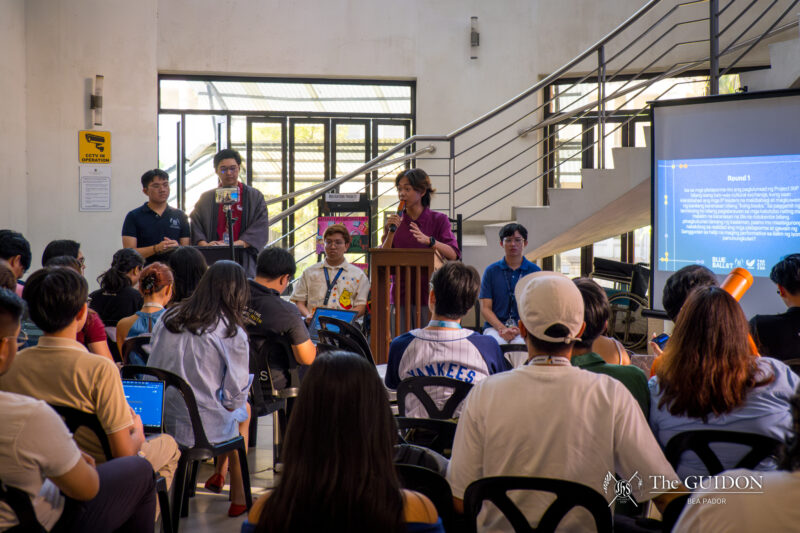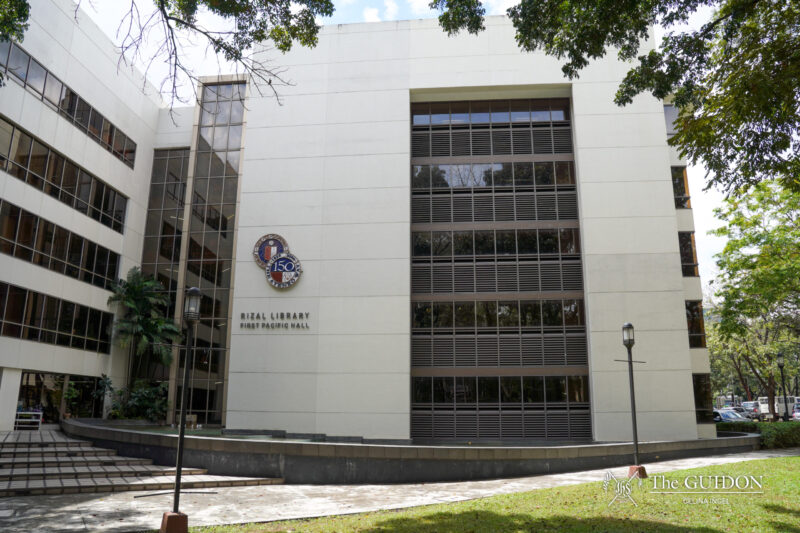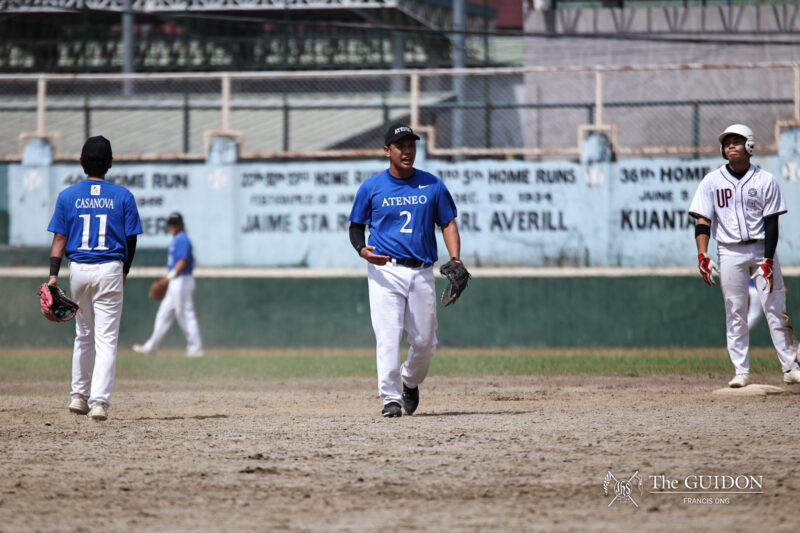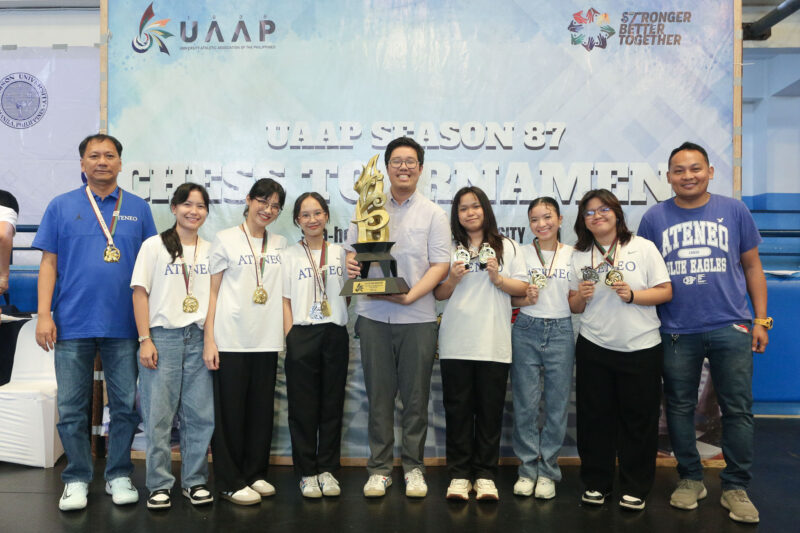THE FIFTH international conference organized by the Ateneo Rizal Library highlighted the changing roles of libraries as hubs of information, with the advent of new technologies.
With the theme “Libraries, Archives and Museums: Common Challenges, Unique Approaches,” the event ran from October 25 to 26 at the Leong Hall Auditorium.
The conference tackled how libraries, archives and museums approach challenges, formulate strategies and develop best practices, namely on marketing and promotion, preservation and conservation—zeroing in on practices and procedures, disaster planning and management, libraries and research, digitization and cultural heritage preservation.
“[We] are information agencies that are currently put on… a not-so-threatened position,” said Conference Chair Tina Palbusa.
She said that their traditional clientele go straight to the Internet. “We [librarians] are challenged by the fast pace of information technology. [The conference] just highlights how we reaffirm our mission as information service providers.”
When asked about how the Rizal Library deals with the changing trends in information, Rizal Library Assistant Director Karryl Sagun replied, “We always benchmark from universities abroad and try to give Ateneans the best possible information suited to their needs.”
Chairman of the Board of Librarians of the Professional Regulation Commission Corazon Nera led the opening presentation with her paper entitled “Beyond the Bookstacks—Challenges, Issues, Strategies Open to Librarians of Today: Road Map of the Philippine Library Profession.”
Her paper presented the mission and vision of libraries, the role of librarians in society, the challenges of the digital age and how they are being addressed.
The Rizal Library invited librarians, managers of museums and archives, school principals and administrators to the event. In attendance were over 300 participants and 22 speakers from different countries.
Disaster management for physical media
In an exclusive interview with The GUIDON, Head of University Archives and Depository of the University of the Philippines Eimee Lagrama delved into the threats faced by the collection of their University Library.
“After determining the threats based on Stefan Michalski’s Agents of Deterioration—with some modifications to fit local context—the risks were ranked from High, Significant, Medium to Low. Aside from ranking the risks, respondents to my study were also asked to write measures [on] how the identified risks can be eliminated or reduced.”
She defined risk as the product of an event’s occurrence and its effect. “I provided the criteria for the probability and effect to help the respondents rate the risks to the collection. This semi-quantitative method allowed me to calculate which of identified risks pose the biggest threat to our collections.”
When asked about the reason behind her contribution of such a paper, she said, “When I give lectures on disaster management, I ask participants if they know the importance of a disaster management plan.”
“All of them would give a resounding ‘yes,’ but when I ask them if they have a disaster management plan, less than ten of them would raise their hands. Why? The effort and time it takes to formulate the plans turn a lot of them off, as more immediate and pressing issues get in the way. We only realize the value of a disaster plan when it’s too late.”
Lagrama explained, however, that risk management is not a new concept.
“Another product of this study is that I was able to create a profile for each risk, which includes measures on how they can be eliminated or reduced, response and mitigating measures—how to respond and reduce their effect if they occur. This can serve as primary data for the disaster management plan,” she said.
Local practice
Sagun shared that the disaster management team of the Rizal Library meets regularly and conducts fire and earthquake drills to ensure that both the staff and clients are ready for such disasters.
Moreover, she said that the Rizal Library is on the right track in terms of digitization and the maintenance of the microfilm operations and collection. Sagun noted that most universities or entities practicing archiving still think that microfilming is the way to go in terms of preservation because of its long lifespan.
“While some information become obsolete, we at the Rizal Library also give much importance to [the] preservation of materials pertaining to our culture and heritage. That is why we invest heavily on digitization equipment,” she explained.
Sagun believes that such information and materials increase in value over time.
Getting better
Lagrama commented, “This is my third Rizal Library conference and my first time as a speaker. Each and every time, the experience improves, not just with the quality of the papers, but also with the logistics and operations.”
“I have been to conferences here and abroad both as speaker and participant. I would say that we treat our guests with hospitality and cordiality unequalled anywhere. This conference is no exception,” she added. “Speaking to a lot of other participants, I echo their sentiments when they said that this event is something they look forward to and prepare for.”
For the focus of the next international conference, Rizal Library Director Lourdes David said, “We’re still thinking of the theme. Perhaps, we will be moving towards Skype and other online means of presenting the conferences.”
She added that the Rizal Library plans to make use of live-streaming technologies in the future.






